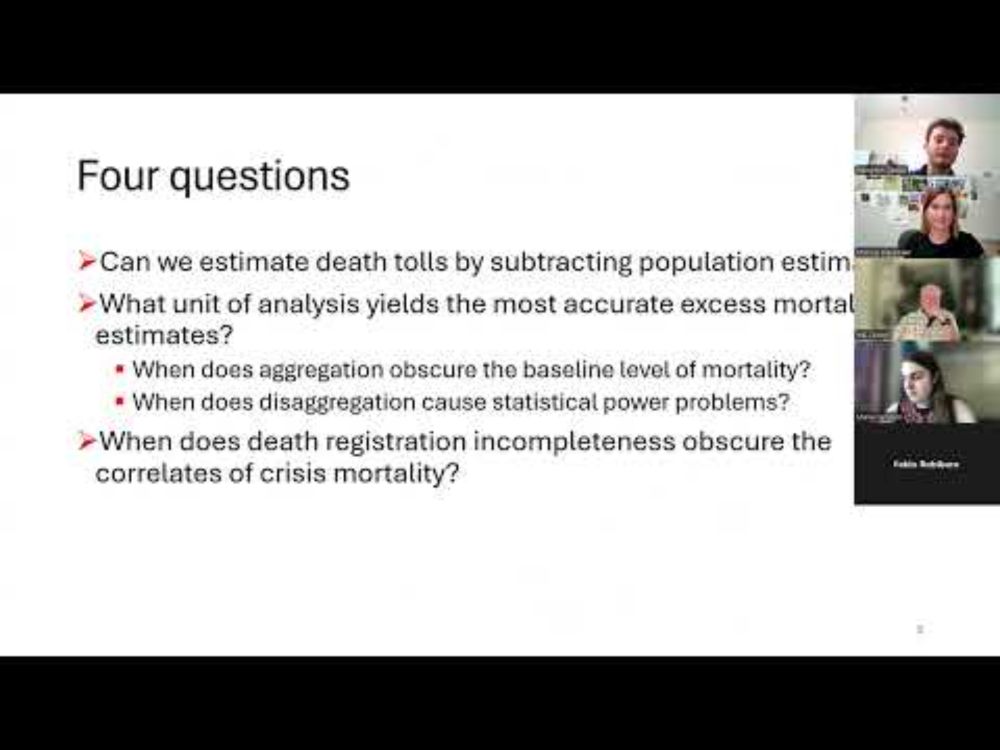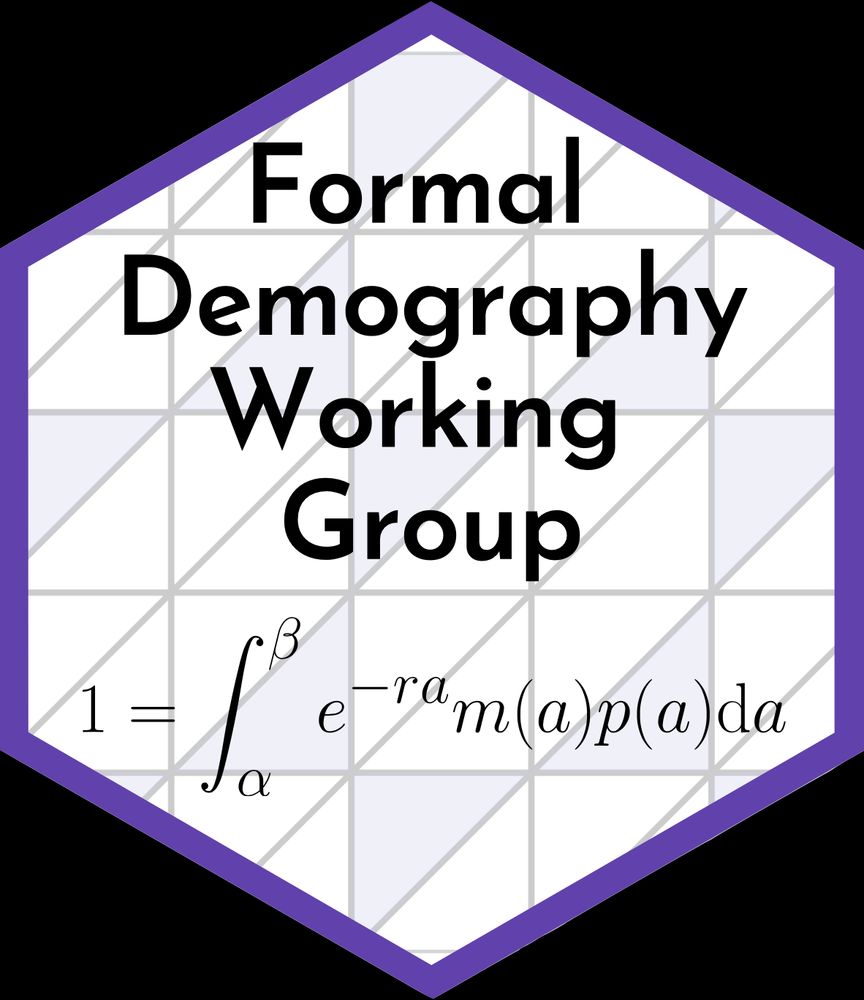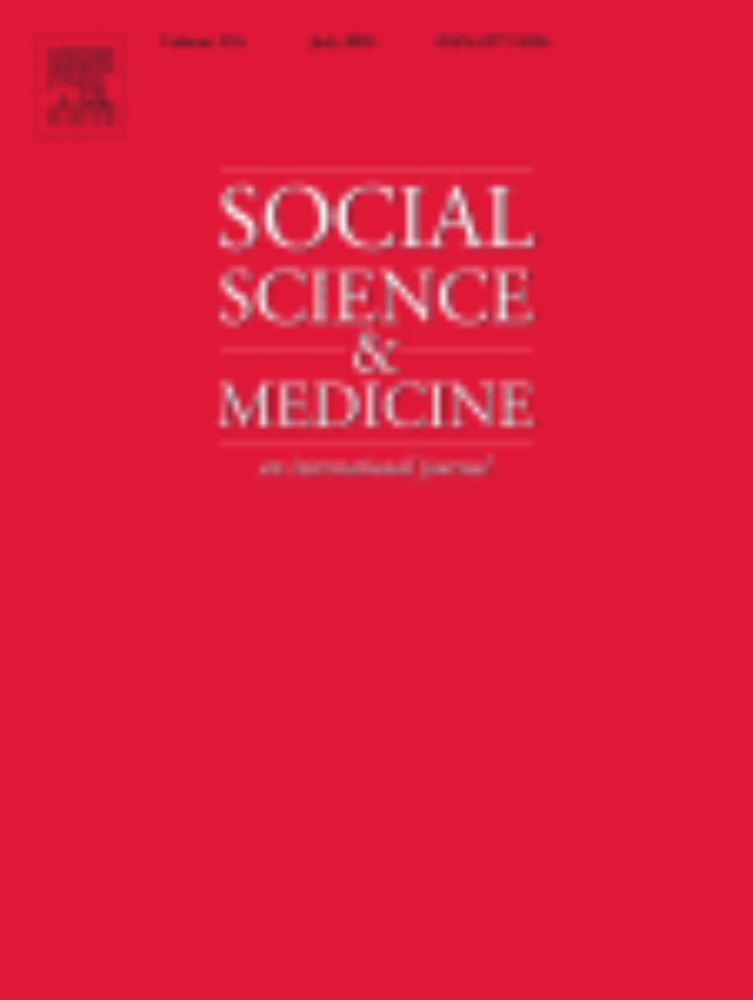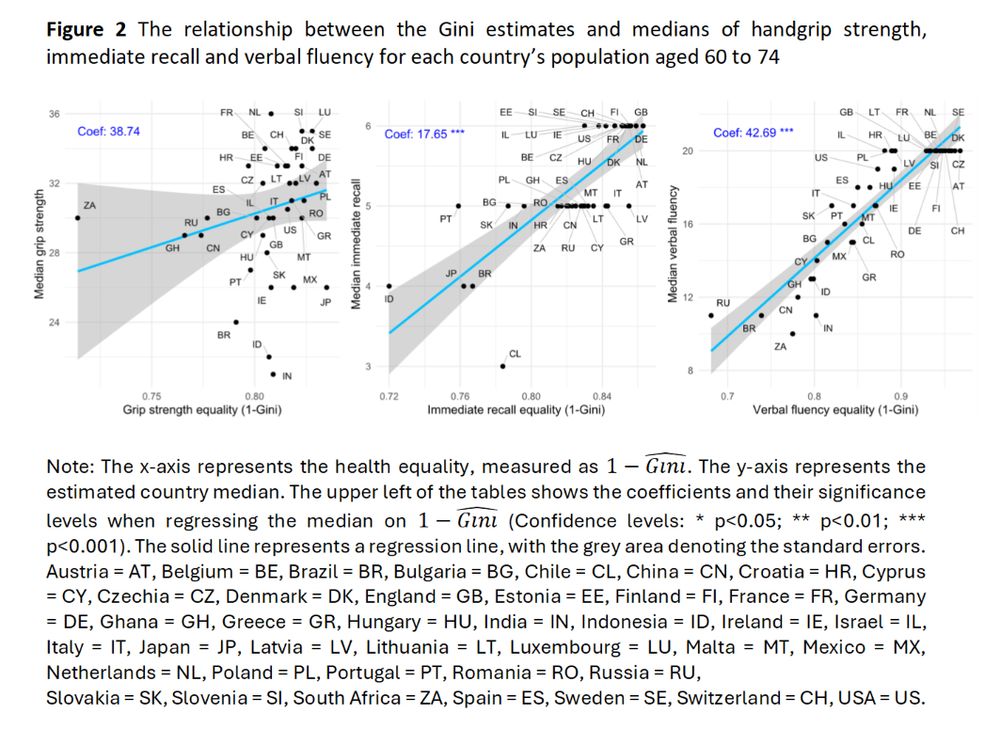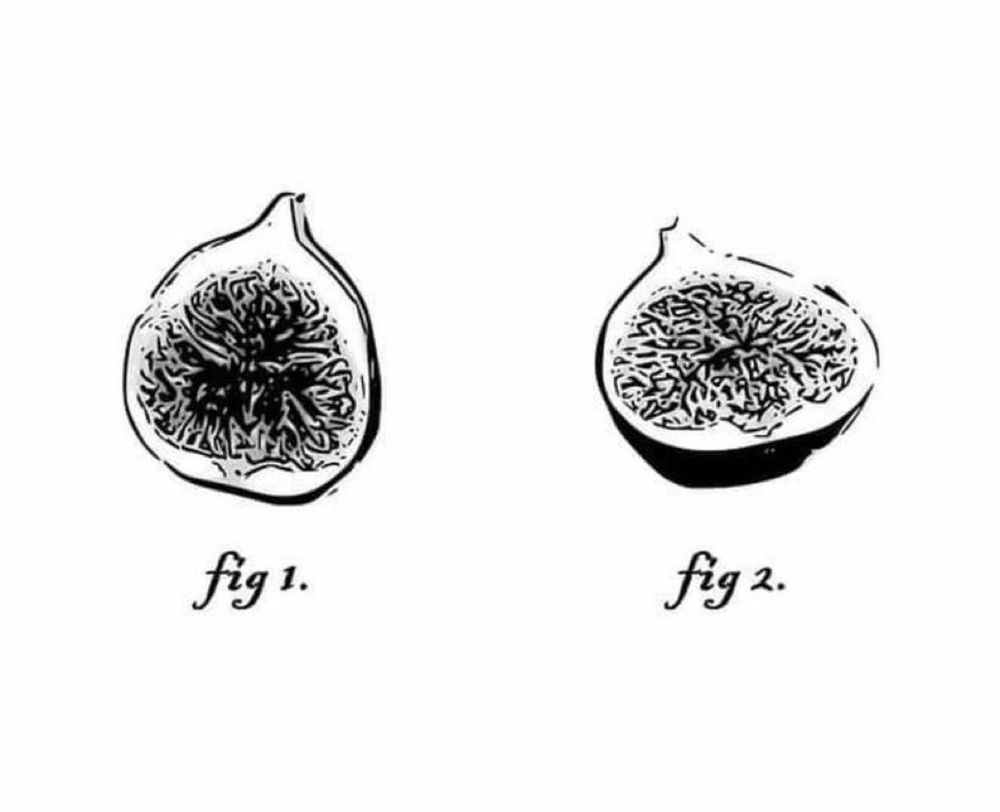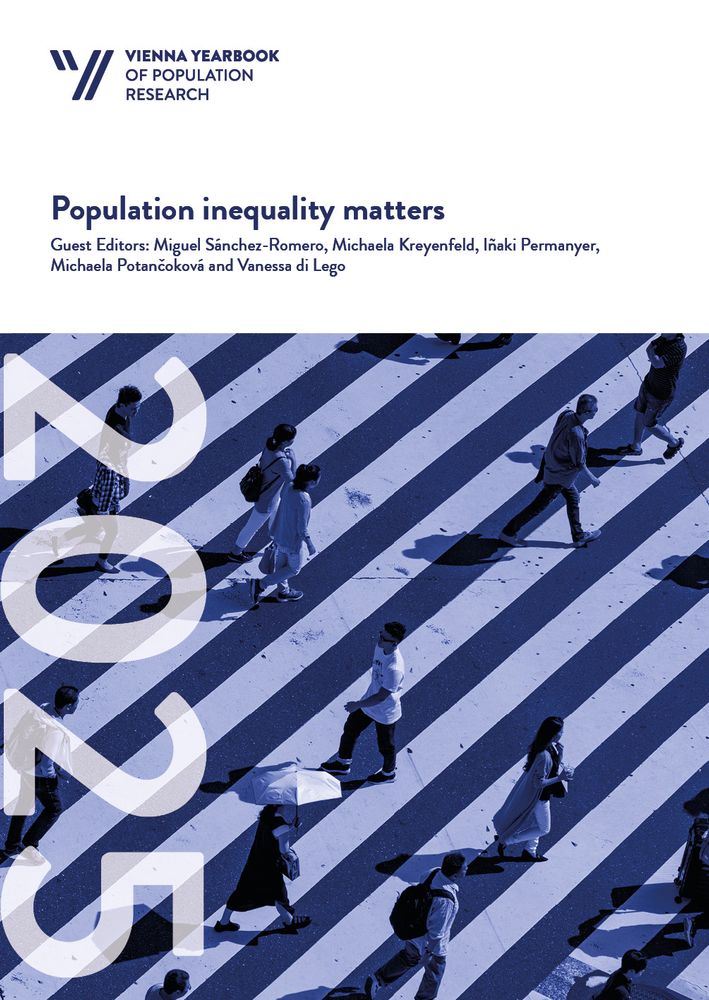Vanessa di Lego
@vdilego.bsky.social
1.1K followers
200 following
73 posts
Professor of Demography, Faculty of Economics. Universidade Federal de Minas Gerais. Cedeplar. Formal demography, mortality, health, gender differences
https://cedeplar.ufmg.br/pos-graduacao/demografia/?aba=2#Professores
Posts
Media
Videos
Starter Packs
Reposted by Vanessa di Lego
Reposted by Vanessa di Lego
Reposted by Vanessa di Lego
Reposted by Vanessa di Lego
Reposted by Vanessa di Lego
UPS Florence
@florenceups.bsky.social
· Jul 16
Vanessa di Lego
@vdilego.bsky.social
· Jul 16
Vanessa di Lego
@vdilego.bsky.social
· Jul 16
Vanessa di Lego
@vdilego.bsky.social
· May 20
Reposted by Vanessa di Lego
Hampton Gaddy
@hggaddy.bsky.social
· May 19
Reposted by Vanessa di Lego
Reposted by Vanessa di Lego
Vanessa di Lego
@vdilego.bsky.social
· May 7
Vanessa di Lego
@vdilego.bsky.social
· May 3
Reposted by Vanessa di Lego





